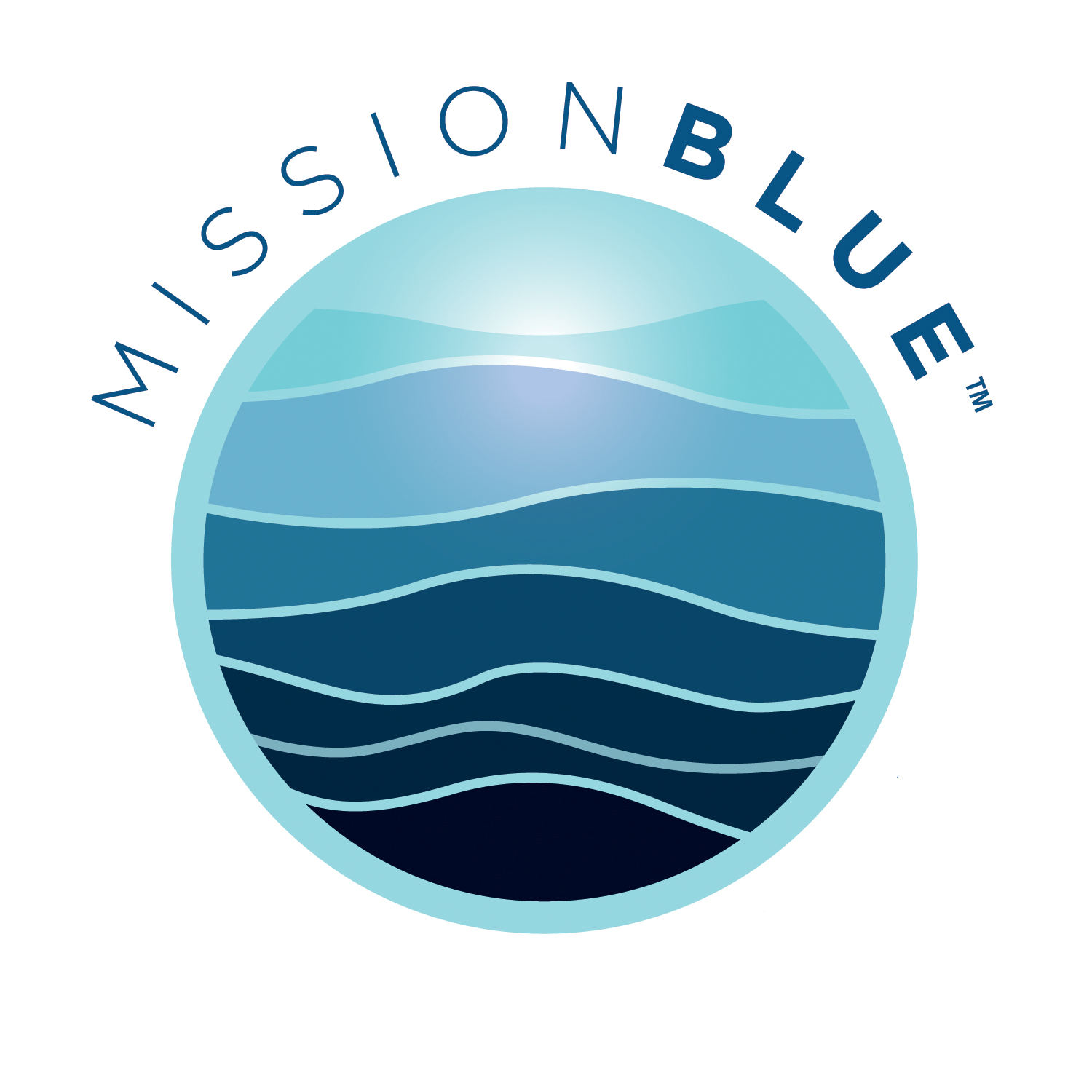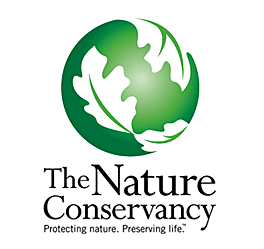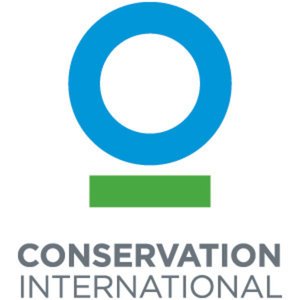Explore current marine protected area (MPA) campaign efforts and pending new/expanded MPA sites using our interactive mapper below. Please check out our FAQs (below), and email us if you have any questions.





The MPAtlas database emphasizes "on the water" regulations that contribute to global marine protection. In addition to recording fully implemented sites that are currently protected, we also track the status and progress of efforts to create new or expanded marine protected areas (MPAs). Particularly in recent years, as global interest in marine protection increases in effort to reach international goals, such as the UN Sustainable Development Goals (SDG 14.5) and the Convention on Biological Diversity's Aichi Targets (Aichi Target 11), tracking these MPA campaigns and proposed sites has become particularly relevant. These new MPA efforts range from broad campaigns to afford greater protections to marine regions to specific MPAs that are already officially designated but not yet implemented.
Our Campaign Tracker was created to help people explore these currently pending marine protected areas and campaigns for increased protections around the world. These areas are not yet part of our official MPA numbers*, but they are tracked and categorized, as outlined below, for a more in-depth look at the state of progress.
Undefined MPA Campaigns - MPA campaigns that do not have known, specified boundaries for desired, proposed, or unimplemented protection
MPA Campaigns - an area in which an organized effort is being made to designate marine protections, further broken down according to stage of development:
Priority Regions - broad seascapes for which specific efforts are focused on raising awareness and support for future protections
Campaign Areas - more specific areas in which work is being done to build momentum for protection at local and national levels
Proposed MPAs - areas that have been publicly proposed for designation as a protected area but have not yet been officially designated
Unimplemented MPAs - areas that have been formally designated as MPAs but have not yet been fully implemented (may not yet be legislation, management plans, enforcement personnel, or budgets in place)
In addition to specific campaigns working toward new and expanded MPAs, we also maintain records of areas more broadly identified as important to ocean health and biodiversity, which can interesting to compare both with each other and with selected sites for MPA campaigns. These sites include:
Globally Important Marine Areas - broad seascapes identified as important areas for MPAs and other marine protection measures based on the best available science; these areas have simply been identified as important based on selected criteria and may or not may have currently active MPA campaigns within their boundaries
Hope Spots - Hope Spots are designated by Mission Blue and recognized as special places critical to ocean health. Check out their website to learn more!
*None of the sites in this map are "fully implemented" and so not included in the official numbers of MPAtlas.org
How do these areas contribute to current global marine protection?
This data has been collected and presented to better inform the marine conservation community about the status and progress of various efforts and campaigns to create marine protected areas (MPAs). While the announcement of new sites often draws much attention, the actual implementation of these MPAs ultimately contributes to global marine protection, and this often takes more time to achieve. None of the areas presented here are currently in force, thus not yet contributing and are not included in the official numbers from MPAtlas.org.
We welcome updated information about new proposed areas or implementation. Our team can be contacted at info@MPAtlas.org.
Why should we track these areas before they are implemented?
Although not yet implemented, these areas hold potential for future protections and demonstrate the global effort to achieve marine protections. Monitoring campaigns allows us to understand where these efforts are focused, how they are progressing, and what these sites could look like when established. Moreover, by tracking campaigns and being cognizant of their progress, we can more easily stay up to date and record newly implemented sites in near real-time.
How long will it take these sites to be fully implemented?
Unfortunately, there is no easy, consistent answer. Creating an MPA is a complex, multi-step process that is influenced by a wide variety of factors, such as location, governing agencies and associated organizations, local politics, funding availability, and the extent of community participation. The timeline is unique to each site and at times is unclear or unknown. The implementing agencies of individual sites may be able to provide more detailed information.
How are globally important marine areas identified?
These areas have been identified by individual initiatives and organizations using the best available science to guide future marine protection efforts, particularly as countries work to meet upcoming international sustainability and environmental goals. Some of these efforts include both terrestrial and marine areas, but we present only the associated marine area. We currently display areas identified by Conservation International (CI), WWF, and the Wildlife Conservation Society (WCS); however, many other NGOs, government agencies, and scientists have conducted similar studies. Each study has its own parameters, including criteria for characterizing relative 'importance', which makes them susceptible to subjectivity and, at times, conflicting. However, they are a useful thought exercise and framework for early guidance in the deliberate selection of new sites for protection. For more information about the approach used by individual organizations, please visit the WWF, WCS, and CI websites.
How can I learn more about the layers displayed on the Campaign Tracker?
There are pop-ups for most of the layers that provide further information and links about the data. Please let us know if we can provide more information. Our team can be contacted at info@MPAtlas.org.
Why don't some sites have boundaries (undefined MPA campaigns)?
Sites may not have boundaries for several reasons. Some of these sites may be in early phases of development, thus official boundaries for an MPA have yet to be decided upon. The official boundaries may also have yet to be announced or made publicly available. For other MPA campaigns, the area of desired protection may be a broad region or area without clear boundaries, thus the area is represented by a point in the appropriate region. These sites will be updated with boundaries if/when that information is available.